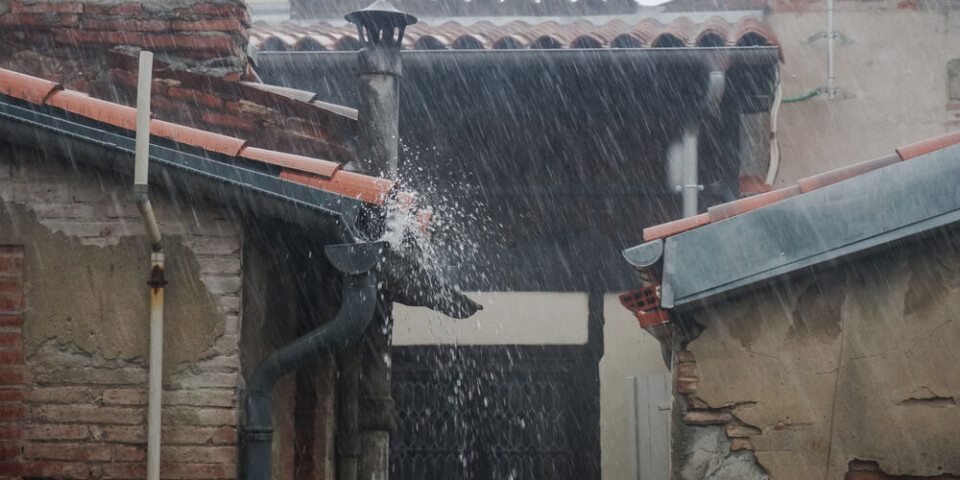-
The Paris Navigo pass also gives culture discounts
Museums, theatres, gardens, cinemas, monuments…the capital’s transport pass can take you further
-
Your chance to win tickets to Jazz in Marciac in south-west France
Eight pairs of tickets for this summer’s festival are available exclusively to Connexion subscribers
-
Iconic Paris cinema restored to its Art Deco glory
Architects set out to modernise Le Grand Rex while respecting its original design
Baroque jewel hidden behind simple street façade
The architecture of Nice is the result of several very different periods of art.

The city is famous for its belle époque and Art Deco buildings, but many of its greatest treasures are Baroque – the period from the early 17th century to mid-18th century, with an ornate, embellished style.
Vieux-Nice breathes the Baroque – and the Palais Lascaris is the jewel in the crown for lovers of that era. This beautiful building, in the heart of Vieux-Nice, has not changed since the 17th century.
It was owned by the aristocratic Lascaris-Vintimille family, who created a palace in a narrow street of Nice (rue Droite).
This is power Baroque writ large: the outside of the building looks ordinary but everything inside is far from it, with columns, sculptures, marble stairs and plenty of space.
The entrance’s ceiling is especially interesting and represents an eagle, the Lascaris family’s emblem, and shows how strong and powerful they were.
In reality it is a combination of buildings so there are open spaces and an inside courtyard – which can easily let in the cold.
Cultural mediator Cindy Pulimeni said: “That is why they had big carpets and tapestries all over the rooms, it kept them warm.” Rooms on the first floor of the palais, which were used by guests, are overloaded with ornaments, gold decoration, carpets and paintings.
The second floor, which is closed to the public, looks simpler.
“They had to impress their guests and they were only going upstairs to sleep, so all the decorations were on the first floor,” said Ms Pulimeni.
The family had their own chapel in the palace, which was used for ceremonies until the middle of the 18th century.
They also had a room dedicated to receptions, where music was played and people could dance.
“It was a very rich family so they often invited their aristocratic circle to visit.”
Sadly, during the 19th century, the palace fell into ruin.
It was left empty until 1970 when it became a national museum, housing a sizeable collection of musical instruments, especially violins.
The Baroque, which comes from the Portuguese word barroco (meaning imperfect pearl), was associated with the expression of feelings through art.
Nice, influenced by the Italian Baroque traditions, is full of treasures and is a stopping point on the Baroque route which runs to Sanremo, Italy, passing through old buildings in Eze, Villefranche-sur-Mer, Peille, La Turbie, and Menton.
Mythological references were often used in Baroque paintings and sculptures.
The Palais Lascaris is no exception, using myth and legend liberally throughout.
Working with colours and pigment is also a Baroque tradition that continued right into the Art Deco period.
Isabelle Billey-Quéré, architecture specialist for the city of Nice, said: “Pigments are part of the tradition – we continued to use them also because of the sun’s reflection of the buildings. It is less aggressive for the eyes.”
Religious ornaments and Baroque churches abound in Vieux-Nice, and the Chapelle de la Miséricorde is another “wonder of Baroque” for Ms Billey-Quéré.
























